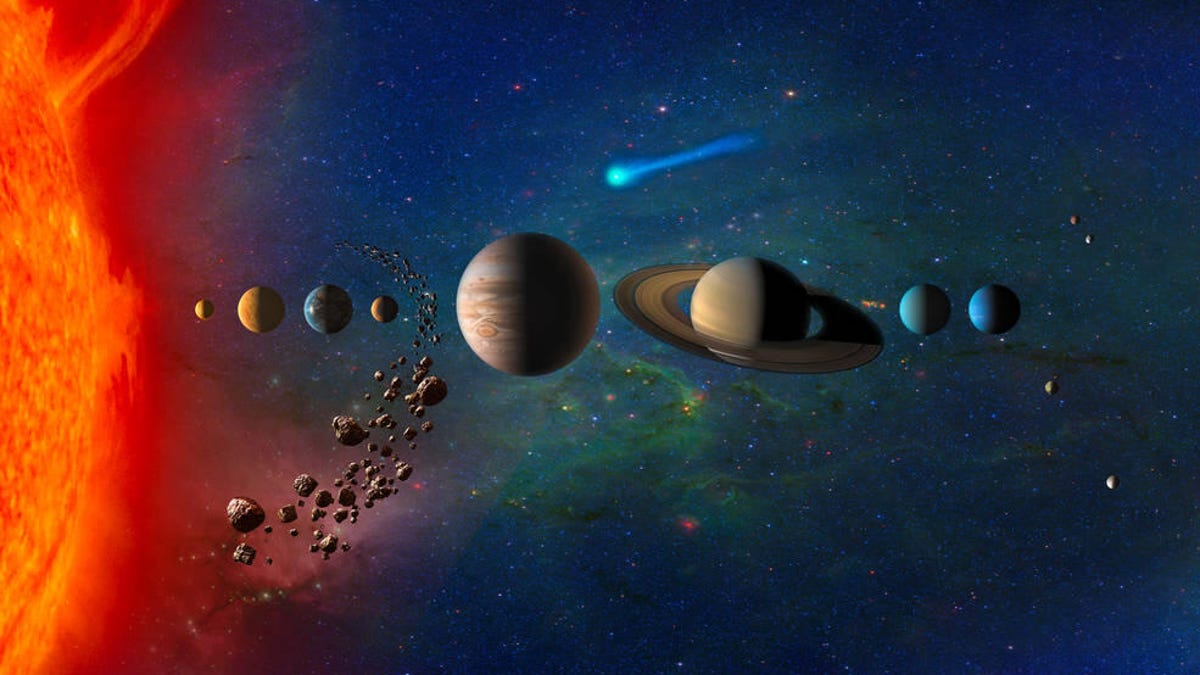NASA reveals four new space missions
The proposals include analyzing Venus and exploring Jupiter's volcanic moon Io.

NASA could soon be exploring Venus, and moons on Jupiter and Neptune.
NASA has announced four new possible space missions that could help us understand how celestial bodies came to exist, and whether they have hidden oceans or magma flows. The space agency has given the green light to concept studies across Venus and the moons of Jupiter and Neptune for these Discovery Program investigations.
"These selected missions have the potential to transform our understanding of some of the solar system's most active and complex worlds," Thomas Zurbuchen, associate administrator of NASA's Science Mission Directorate, said Thursday.
Two of the missions selected focus on Venus. DAVINCI+ (Deep Atmosphere Venus Investigation of Noble gases, Chemistry and Imaging Plus) would analyze the atmosphere of Venus to see how it was formed and evolved, and whether the planet ever had an ocean. VERITAS (Venus Emissivity, Radio Science, InSAR, Topography and Spectroscopy) would map Venus' surface to check out its geological history.
The other two missions are looking into celestial moons. Io Volcano Observer (IVO) would explore Jupiter's volcanic moon Io, to learn about magma oceans and tidal forces. "Io is heated by the constant crush of Jupiter's gravity and is the most volcanically active body in the solar system," NASA said.
Lastly, the Trident mission would explore Neptune's ice moon Triton, to see whether something so far from the sun could be inhabited.
The four nine-month studies will be given $3 million each by NASA to develop their concepts. NASA will evaluate each, and then choose two missions in 2021.

